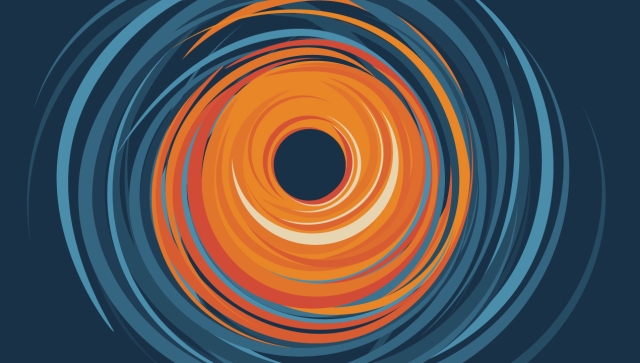
Secluded WIMP dark matter
Theoretical studies of dark matter have become more mainstream and sophisticated as detection experiments and particle colliders mature. Perimeter associate faculty member Maxim Pospelov and his collaborators helped pioneer this area, introducing the concept of “secluded dark matter” in 2008.
Pospelov demonstrated that processes in the early universe could form dark matter (known as thermal relic dark matter) which might, in the current universe, remain ‘secluded’ from Standard Model particles – the ‘ordinary’ matter in the universe. This implied that their direct direction was unlikely via traditional experimental methods, and that existing models did not properly account for the possible complexity of dark matter.
However, Popeslov concluded that these secluded WIMPs (weakly interacting massive particles, at the time considered a leading candidate for dark matter) would decay or annihilate in the galactic centre in a way that would allow indirect detection. These signals would be just as pronounced as a direct detection would be.
This research had profound implications for experiments designed to detect dark matter, in an era when Large Hadron Collider was coming online for the first time and such experiments were becoming more frequent.
The realization that complexity in the dark matter sector could include ‘dark forces’ – light, weakly coupled new particles – also motivated new high-intensity accelerator experiments to search for these forces, and for dark matter itself.
M. Pospelov, A. Ritz and M. B. Voloshin, Phys. Lett. B 662, 53 (2008). [arXiv:0711.4866 [hep-ph]].;
M. Pospelov, A. Ritz and M. B. Voloshin, “Bosonic super-WIMPs as keV-scale dark matter,” Phys. Rev. D 78, 115012 (2008). [arXiv:0807.3279 [hep-ph]].;
B. Batell, M. Pospelov and A. Ritz, Phys. Rev. D 79, 115019 (2009). [arXiv:0903.3396 [hep-ph]].;
[4] B. Batell, M. Pospelov and A. Ritz, Phys. Rev. D 79, 115008 (2009). [arXiv:0903.0363 [hep-ph]].;
B. Batell, M. Pospelov and A. Ritz, Phys. Rev. D 80, 095024 (2009). [arXiv:0906.5614 [hep-ph]].
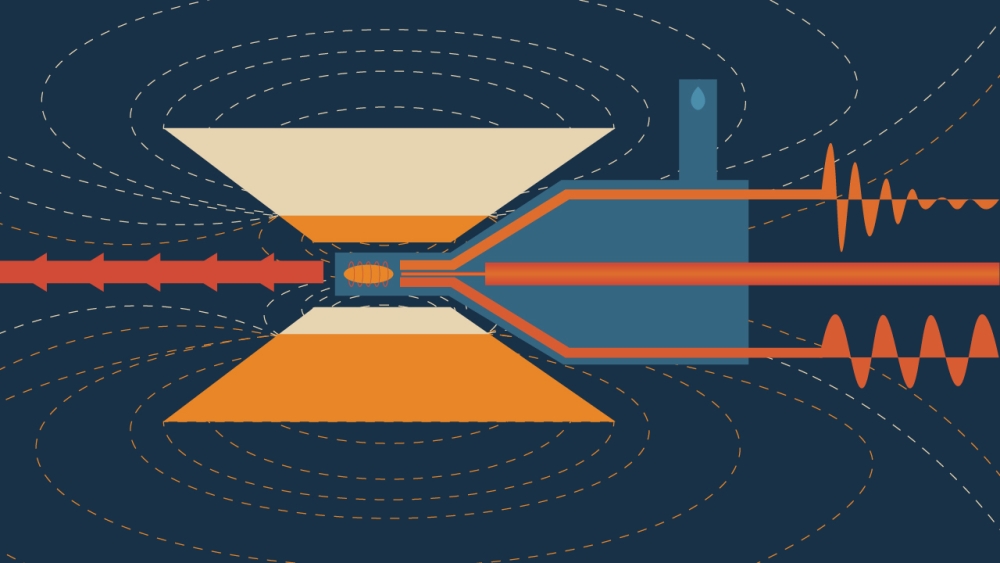
Beam-dump experiments
Though the cosmological evidence for dark matter is strong, detections at the particle scale have remained elusive, causing physicists to explore different masses and energy ranges. In 2013, Perimeter faculty Natalia Toro and Philip Schuster, along with postdoctoral researchers Eder Izaguirre and Gordan Krnjaic, proposed a new type of experiment that could search low energy ranges for weakly coupled particles that might act as dark matter candidates.
Detections at these low energy levels would be extremely difficult, but Toro and Schuster proposed a method, called beam-dump experiments, that could improve sensitivity in the intended mass range by several orders of magnitude.
Beam dumps are a common component of electron beam experiments. They are dense blocks of metal that absorb most particles. The exception is low-mass particles: possible dark matter candidates that can pass right through the beam dump, where a specialized detector might pick them up. Beam dumps tend to be heavily-shielded environments, which makes them excellent low-noise locations for this type of detection.
The beam-dump experiment design used standard technology, and was intended to run on existing electron beams without interfering with other ongoing experiments. Several experiments have since been constructed using this method, such as the Jefferson Laboratory’s APEX and Heavy Photon experiments. Toro and Schuster were recognized with the 2014 New Horizons in Physics prize for their work in this area, as well as for their earlier foundation work that built a simplified framework for the detection of new physics at the Large Hadron Collider.
Eder Izaguirre, Gordan Krnjaic, Philip Schuster, and Natalia Toro, “New Electron Beam-Dump Experiments to Search for MeV to few-GeV Dark Matter,” Phys.Rev.D 88 (2013) 114015; arXiv:1307.6554).
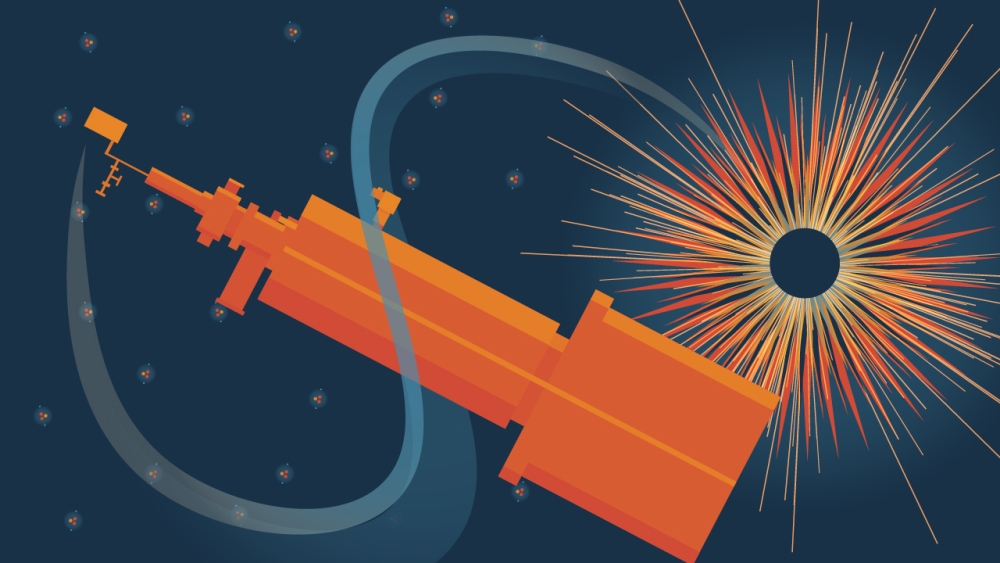
Probing the universe with small-scale tabletop experiments
Large-scale experiments like the Large Hadron Collider have been incredibly successful at probing the universe for new physics, with the celebrated discovery of the Higgs boson in 2012 marking their defining contribution thus far. With today’s new techniques, models, and improvements in material science, low-cost, small-scale experiments now offer valuable complementary capabilities alongside large-scale colliders.
Perimeter researchers have been designing tabletop experiments that search for dark matter and other new particles at energy levels previously unexplored.
ARIADNE (Axion Resonant InterAction Detection Experiment), for example, uses nuclear magnetic resonance to look for new spin-dependent interactions in matter, particularly those mediated by the QCD (quantum chromodynamic) axion, a theoretical particle first proposed to explain the smallness of the dipole moment of the neutron. Axions are one possible type of dark matter, and Perimeter’s Stavros Niarchos Aristarchus Chair in Theoretical Physics, Asimina Arvanitaki, led the ARIADNE theory team to get the experiment up and running.
Axions are just one type of weakly interacting particle known as light bosons. There is a whole zoo of possible light bosons that are low-mass and wavelike. One of these, dark photons, could be another dark matter candidate, according to models which posit an entire ‘dark sector’ of unknown particles. Arvanitaki and Perimeter faculty Junwu Huang worked with colleagues to design a tabletop experiment tailored to the search for light bosons that they call LAMPOST (Light A’ Multilayer Periodic Optical SNSPD Target.
LAMPOST is a proof-of-concept experiment that relies on the idea that certain material structures can manipulate regular photons to make them “stop.” Unlike relativistic photons, these “stopped” photons, or “standing waves” of photons, can theoretically convert into dark particles. New materials and better sensors mean LAMPOST can look at smaller wavelengths and higher energies than other detectors.
ARIADE and LAMPOST are just two examples of Perimeter’s expertise in tabletop experiment design, where a growing team of theorists work alongside experimental collaborators to push the boundaries of beyond-Standard Model research.
Jeff Chiles, Ilya Charaev, Robert Lasenby, Masha Baryakhtar, Junwu Huang, Alexana Roshko, George Burton, Marco Colangelo, Ken Van Tilburg, Asimina Arvanitaki et al. “New Constraints on Dark Photon Dark Matter with Superconducting Nanowire Detectors in an Optical Haloscope.” Phys. Rev. Lett. 128, 231802.;
A. Arvanitaki, A. Geraci, “Resonant detection of axion mediated forces with nuclear magnetic resonance,” Phys. Rev. Lett. 113 (2014) 161801, [arXiv:1403.1290].;
A.A. Geraci et al., “Progress on the ARIADNE axion experiment,” Springer Proc. Phys. 211 (2018) 151, [arXiv:1710.05413].
More Turning Points:
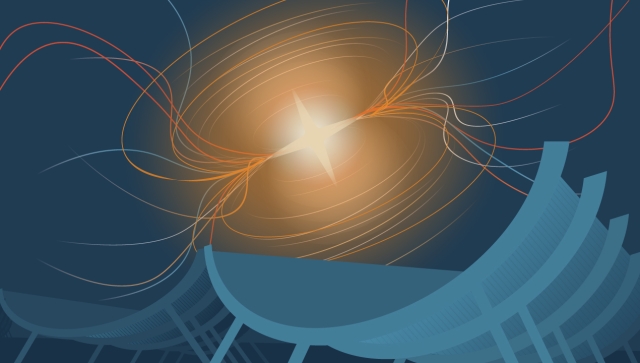
Cosmology

Mathematical Physics
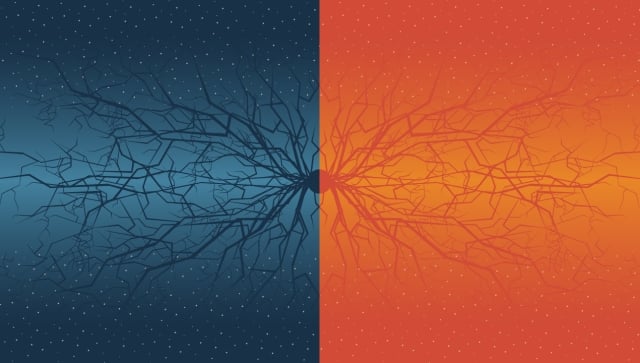
Particle Physics

Quantum Foundations
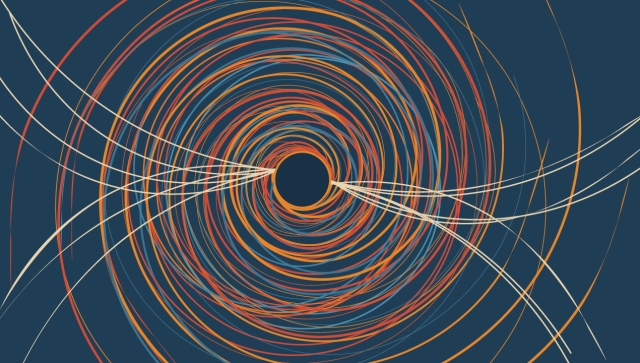
Quantum Fields and Strings

Quantum Gravity
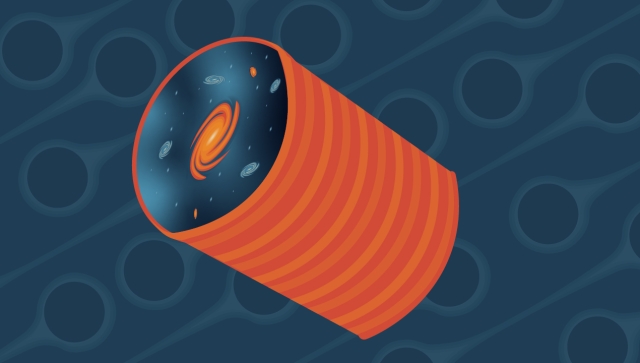
Quantum Information

Quantum Matter
